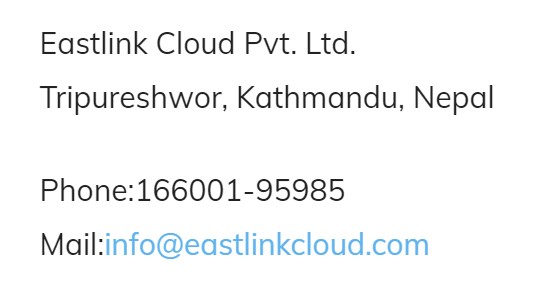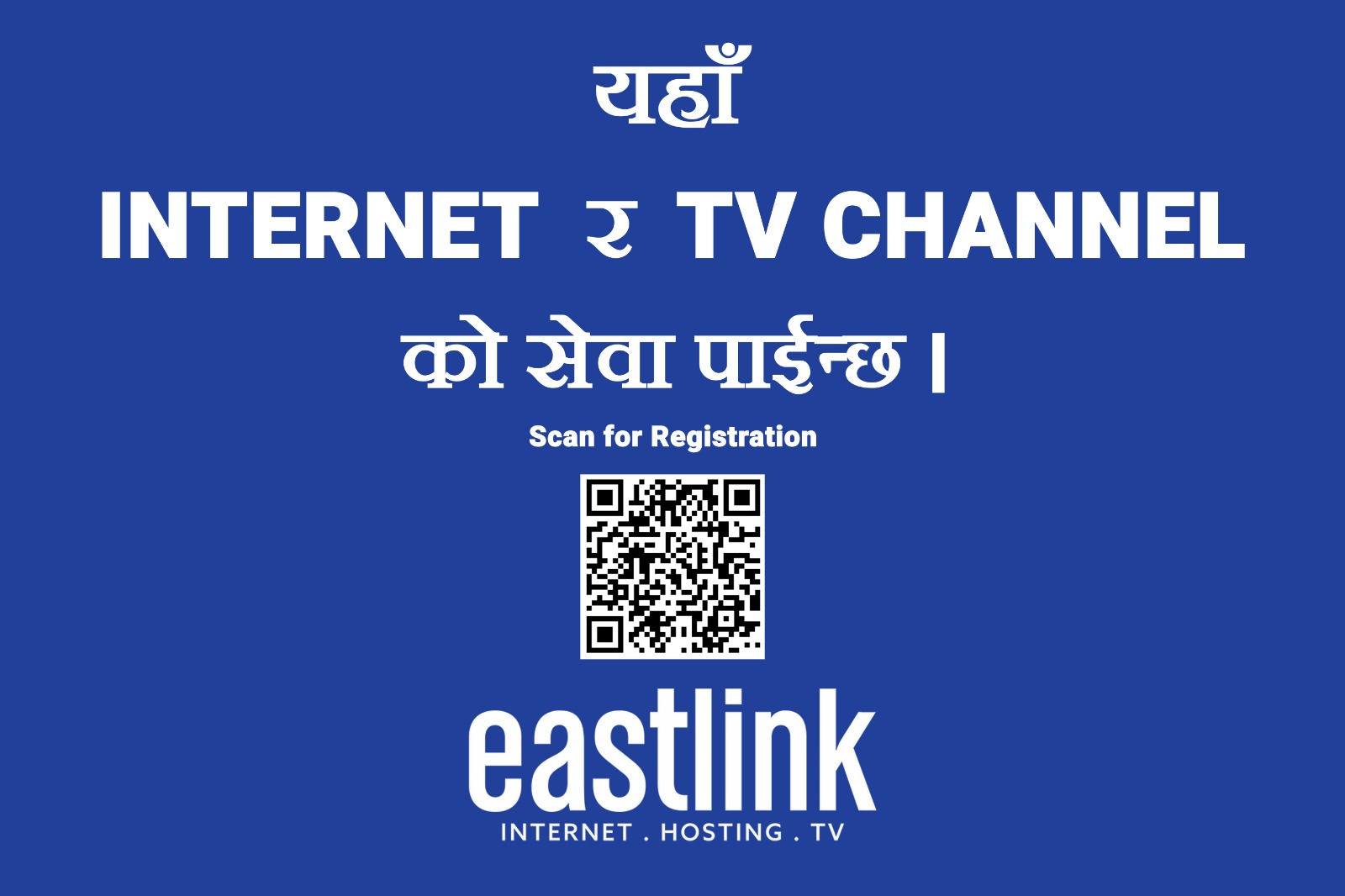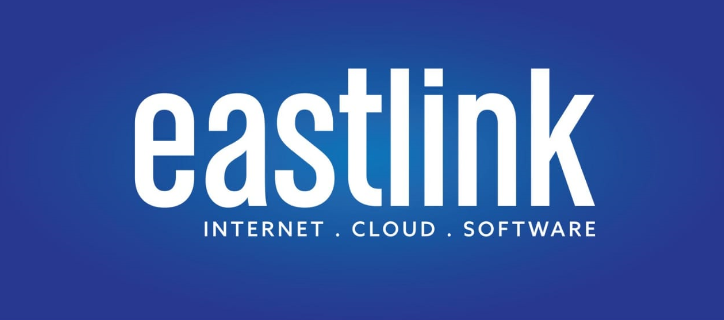Email newsletters have many advantages. They are affordable. They don’t take long to set up. They are quick to write and they are available to everyone. And these are just a few of the reasons why they should be part of your marketing toolbox.
With so many digital tools to turn to, the email newsletter might not be the most obvious choice. However, survey after survey shows that email newsletters are once again gaining popularity as an effective marketing tool.
How to promote your brand with email newsletters
With over 3 billion email users in the world and a worthwhile return on investment, it’s little wonder that email newsletters are becoming the go-to option for B2B businesses. With that in mind, here are three ways to use email newsletters to promote your brand.
1. How to increase web traffic with email newsletters
Email newsletters are an effective way to increase organic website traffic. Regardless of the email content you include, linking your newsletter to your website directs traffic straight back to you, without depending on search engines or social media.
There are several ways you can drive traffic from your email newsletters to your website. These include:
Linking newsletter content to your website
Linking banner images, text and photographs in the body of your newsletter will create targeted traffic.
However, it’s important to remember that your newsletter shouldn’t serve as a catalog for your website. Instead, put direct links to your best-selling items or link to a demo video so your visitor can learn how to use a product.
Help your customer with their research
Consumers like to research before buying, so make this part easier for them. Linking your images and text to online information that can help inform the buying decision can make your potential customer more confident to buy.
Include a short blurb
Save your full story for your website and include a short blurb in your newsletter to create a non-product related talking point.
Promote your latest blog post
An approach favored by many marketers is to include an excerpt of their latest blog posts in their newsletter. This encourages readers to click through to the website, and once they are there, your reader is more likely to click on other areas of your website and perhaps make a purchase.
Create compelling imagery
The use of strong, engaging imagery in your email newsletters is one of the secrets to getting your readers’ interest fast.
Feature/highlight a new product
Limited-time discounts can work well to create a sense of urgency and get visitors to your website. This approach could be used during seasonal times or during end-of-stock sales when you want to shift stock fast.
Include relevant content
The more relevant your content is, the more likely readers are to respond to it. And if the content is relevant to your audience, then you’ll be driving qualified traffic to your website. More traffic over time could have a positive impact on your bottom line.
2. How to increase revenue and brand awareness
It can be relatively easy to get consumers to make one-off purchases.
However, if your business is going to thrive and gain customer loyalty, you need to focus on brand awareness.
Brand awareness can often be a deciding factor on whether a consumer buys from you, or whether they shop with one of your rivals.
The more you can communicate your core mission and main values, the more likely you are to gain a consumer’s trust. And the more aware shoppers are of your business, the more likely they are to keep coming back to you.
Sending out email newsletters can help you build better brand awareness. And an email newsletter is a great way to get your products right in front of your customers.
Here are some tips on how to build brand awareness and increase revenues through email newsletters.
Be consistent
Consistency should be the number one rule for anyone trying to establish their business and build a brand. Your website and newsletters colors should be the same and so should your writing style.
Consistency builds familiarity with your brand, and the more familiar a customer is, the more comfortable they’ll be buying from you.
Show your expertise
When you’re creating a newsletter or repurposing blog content, consider what you can do to show your expertise. Think about the value you can provide your readers, or how your products can help them.
Anything that shows you’re an expert in your niche will make your brand more credible in your customer’s eyes.
Include calls-to-action
One of the aims of your newsletter content should be driving traffic to your website and getting sales. While a visitor won’t make a purchase every time, including a call-to-action will show your customers what you want them to do next.
Do you want them to click through to your website and view your latest products or your special offers? Do you want them to look at new products or to get a sneak preview of new stock? Then tell them!
And even if they don’t buy anything when they click through, they will be engaging with your brand and getting more familiar with it.
Let your customers take a peek behind the scenes
Allowing customers to look behind the scenes provides an insight that they would usually lack.
Seeing how your company works, how it selects products and how passionate your staff are about what they do can all help to develop a stronger relationship with your shoppers.
Video works well for this type of content, or you could consider a “day in the life” article with a lot of images.
Share your story
Customers want to know who they’re buying from. Let them get to know your story and the story of your team.
An approach many companies adopt is to send out email newsletters that include employee profiles. This lets consumers feel like they know you a bit better and can make them feel happier to buy.
Create content your readers want to share
This could take the form of infographics, interactive content like quizzes and competitions or checklists. Interactive infographics are becoming increasingly popular among marketers and could really help your brand to stand out.
Consider offering a small gift like some free templates, a business checklist or similar. This will help incentivize readers to take part.
3. How to promote your blog with email newsletters
There are a variety of considerations when promoting your email newsletters. Here are a few to keep in mind.
Choose an email provider
Start by deciding which newsletter service you want to use. Look for one that has a range of templates to make newsletter creation easier. When choosing templates, pick one that matches your brand as closely as possible, or import your own template for greater consistency.
Decide how often you’ll send out email newsletters
With your newsletter set up, decide how often you’ll send out newsletters to your subscribers. How often you send out your newsletter is up to you. However, you should understand your audience well enough to know whether they are keen for regular weekly updates, or if bi-weekly or monthly is enough.
But be sure not to wait too long between each one. You don’t want to give your readers a chance to forget about your brand.
Don’t forget the unsubscribe link
Be sure to include a prominent unsubscribe link so your readers know they can opt-out whenever they wish. This is necessary in order to remain compliant with GDPR and CAN-SPAM laws.
Invite feedback
You should already engage with your readers through your blog comments — this fosters a relationship with your readers and promotes trust.
However, there are better ways of inviting feedback. Regular readers will have invested in your blog, newsletter and your brand. And they’ll love to give their opinion about the direction your blog is going in.
Be a content curator
Another easy way to fill out your newsletter template is through content curation. Curate content from your own blog, from related news from other blogs and newsletters or any guest posts you’ve written.
Make sure each snippet has a captivating image. The more striking an image is, the more likely readers are to click on a link that takes them to your blog.
Reuse old blog content
Old blog content can often suddenly become relevant again, so make use of archived blogs whenever the opportunity arises and repurpose archived blogs that newer subscribers won’t have read.
Newsletters are a simple way to get old blog content in front of a new audience. Include links to your older content at the end of your email newsletters. Alternatively, use snippets throughout to drive traffic back to your blog.
You could also consider having a featured blog from your archive. Or create a themed newsletter around prominent dates and special occasions.
Add social media links
Don’t forget the power of social media, and include “share” links with each blog post. When your readers click through from your newsletter, they’ll have the option of sharing content among a wider audience on Twitter, Facebook and LinkedIn.
Conclusion
Email marketing is far from dead. In fact, it has been making a strong comeback in recent years as many marketers and business owners realize its potential benefits.
When used effectively, email newsletters can increase revenue, build brand awareness, and increase web traffic. They can also promote your blog. All these factors can contribute to establishing a successful, long-term business and a loyal crowd of shoppers that keep coming back for more.












